Izu & Central Izu 101
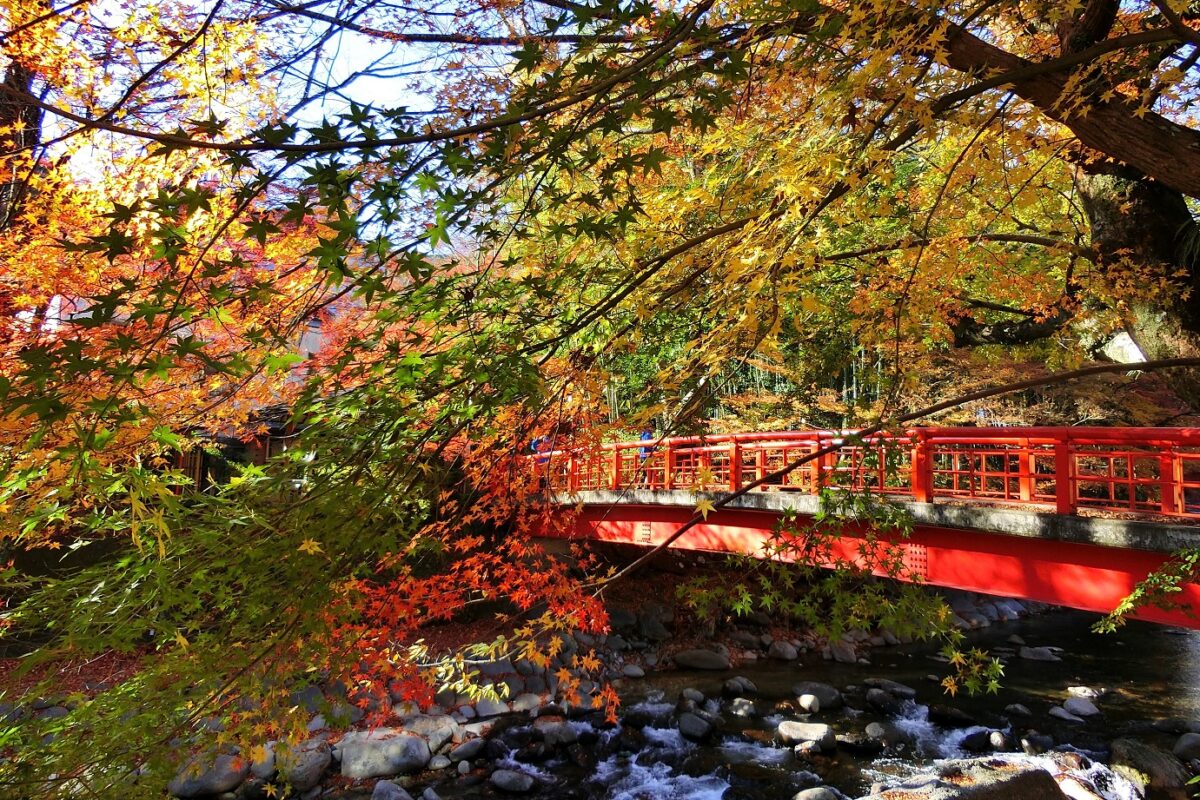
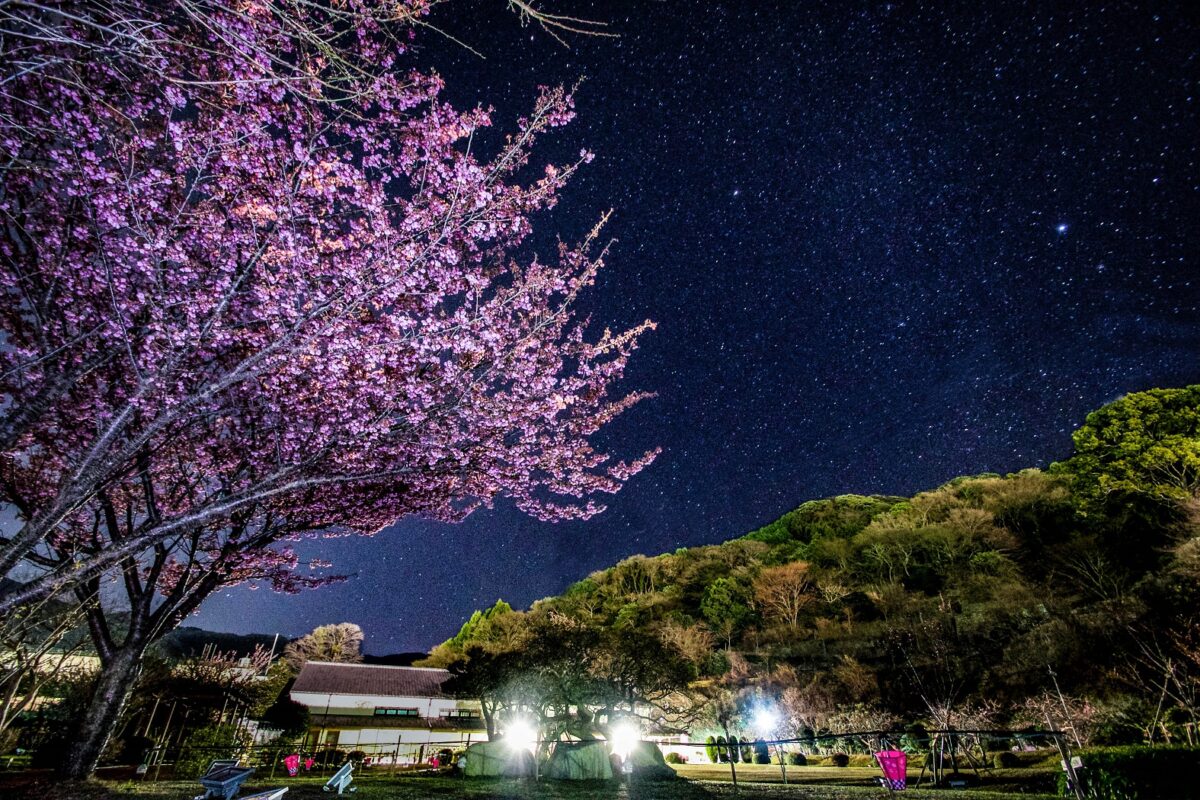
-Geography & History
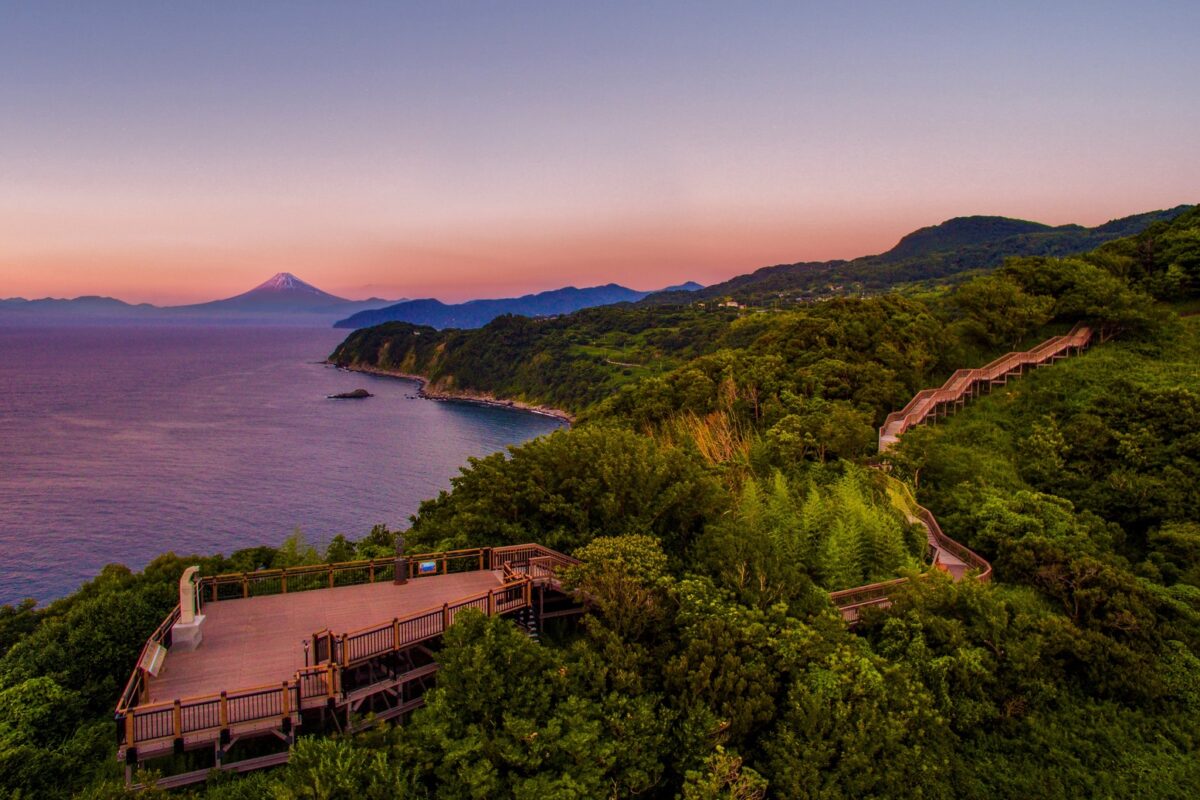
The Izu Peninsula, as described on the UNESCO Global Geopark list, is one of the world’s treasures. It has unique geographical features, and the residents embrace the conservation of biodiversity, local history, and culture.
The geographical history of the Izu Peninsula started about 20 million years ago. It was a group of submarine volcanoes until about 600 thousand years ago when the movement of the Philippine Sea Plate caused those volcanoes to collide with Japan’s Honshu mainland. Thanks to these ancient volcanic activities, we are able to see many unique geographic features on display in the Izu Peninsula. We can appreciate beautiful scenery, onsen (hot springs), delicacies, and outdoor activities. Isn’t it exciting to experience how nature blesses us with magnificent things?
Central Izu has both coastal and mountainous areas, and thus has various natural features such as waterfalls, rivers, forests and beaches. You can really see the gifts of the volcanoes!
-Access To Shuzenji Station
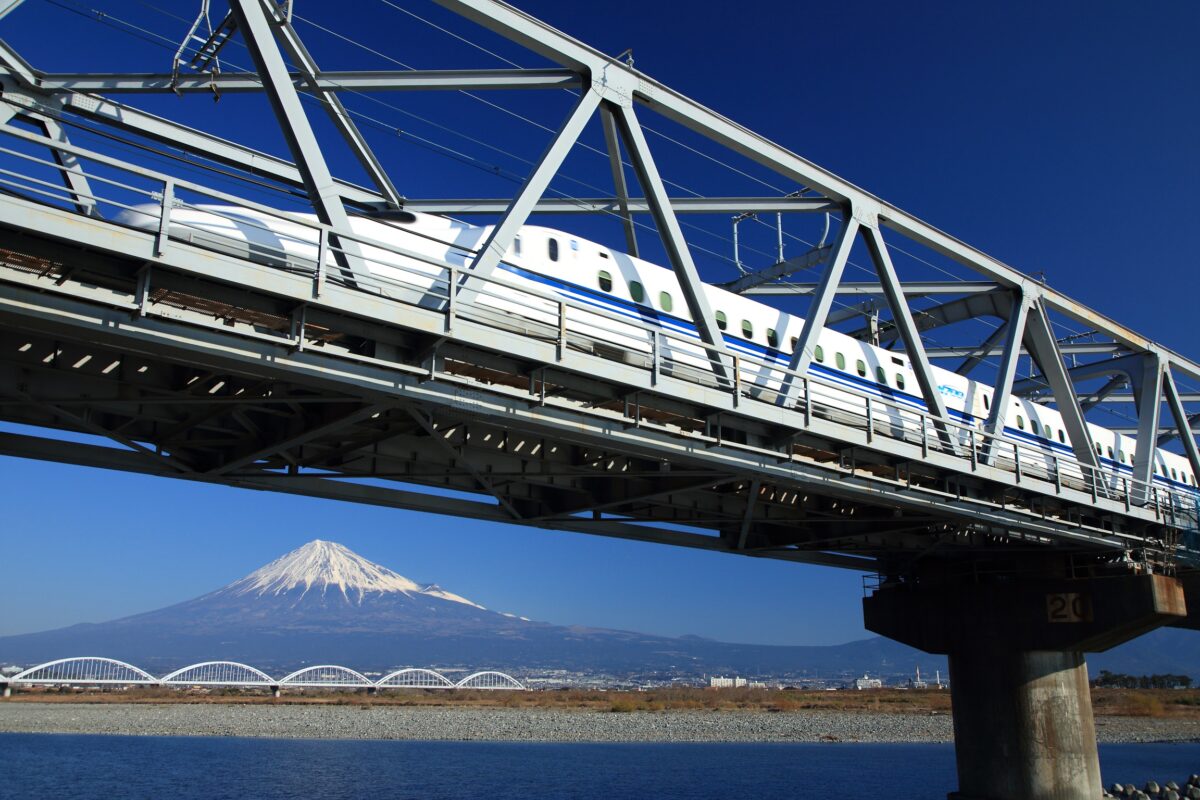

Shuzenji Station on the Izuhakone Line of the Izuhakone Railway is the best station to use in order to get around the Central Izu area. There are two main ways to reach Shuzenji Station:
-If you use the JR Tokaido Shinkansen bullet train, get off at JR Mishima Station, then change to the Izuhakone of the Izuhakone Railway. It will take you to Shuzenji Station. Enjoy the 40-minute train ride and, if you are lucky, you will be able to glimpse Mt. Fuji between Mishima Futsukamachi and Daiba stations.
-As of December 2, 2022, there is an Odoriko train which runs twice a day from Tokyo directly to Shuzenji. The train departs from Tokyo at 9 a.m. or 12 p.m. and arrives at Shuzenji Station around 11 a.m. or 2 p.m.
Once you arrive at Shuzenji Station, you can take a bus or rent a car to your destination around Central Izu. To join “Geo Tour in Namesawa Gorge”, take a bus for about 40 minutes to Showanomori Kaikan. It is better to check the bus times beforehand just to be sure!
Activity Highlights – Soak in Nature!
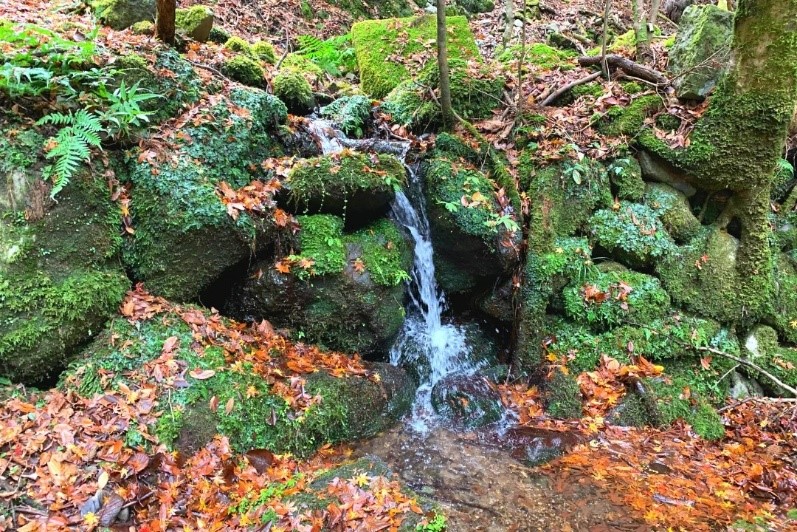
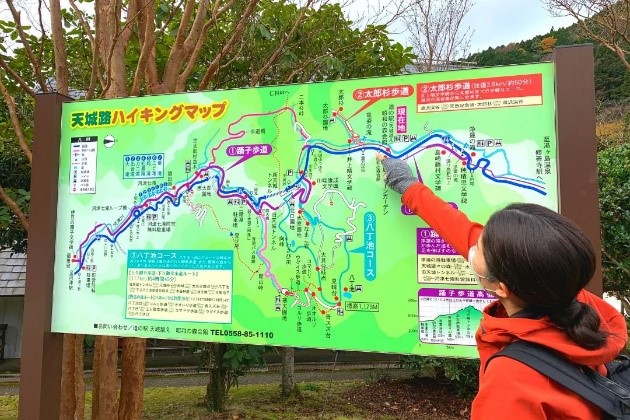
The tour starts and ends at Amagi Visitor Center. It’s approximately a 4.2km (2.6 mile) walk and takes about two hours.
On this walking tour, you’ll see amazing rock formations and various strata (rock layers) caused by volcanic activity. For example, you can witness the beautiful joints carved into the smooth monoliths of the riverbed in the Namesawa Valley. These are the result of the cooling and contraction of the lava flow from the Namesawa volcano that once filled the valley. Refined by the clear water, they are truly an artwork of nature.
You’ll discover local history, plants, and wildlife that you might miss without a guide. Throughout the tour, an experienced guide will share his/her knowledge and help you maximize the experience.
This tour begins with a greeting at one of the 370 yama (mountain) shrines in Shizuoka. At these shrines, local people used to pray for rain, good harvest, and learn how their lives were closely related to the mountains.
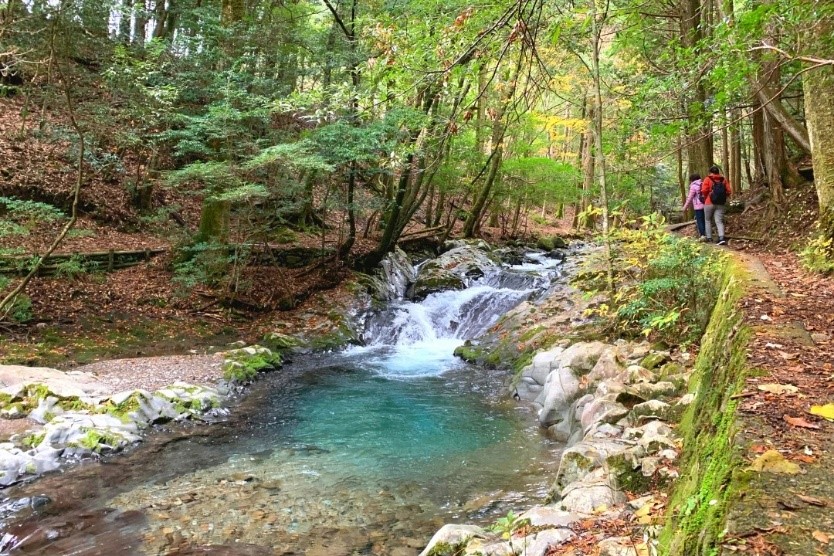
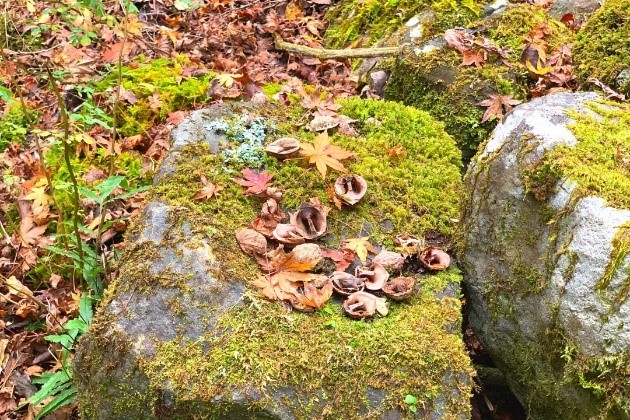
During the tour, you will also see how this Amagi region is blessed with natural water, which is used to cultivate wasabi. Wasabi requires abundant water at a suitable temperature. So since Amagi is one of the wettest regions in Japan, it is ideal for growing wasabi.
In March 2018, “Traditional Cultivation of Shizuoka Water Wasabi” was recognized as a Globally Important Agricultural Heritage System.
In addition, the walking route goes along multiple rivers. Hearing the flowing sound of the rivers will help you relax. While walking, you might see spring water coming up from the ground and the strata.
When you see the famous Taro cedar, you will have reached the turnaround point of the tour. This 500 year old cedar is a symbol of the area and earned a designation as a prefectural natural monument.
Enjoy forest bathing on the way back!
This activity level is moderate. We recommend for the tour for anyone who is able to climb stairs and is happy to walk unpaved road.
Tips – Maximize Your Experience!
Which is the best season?
Guides say each season is unique so they recommend coming back for spring, summer, autumn, and winter. In each season, you will find unique features in the nature.
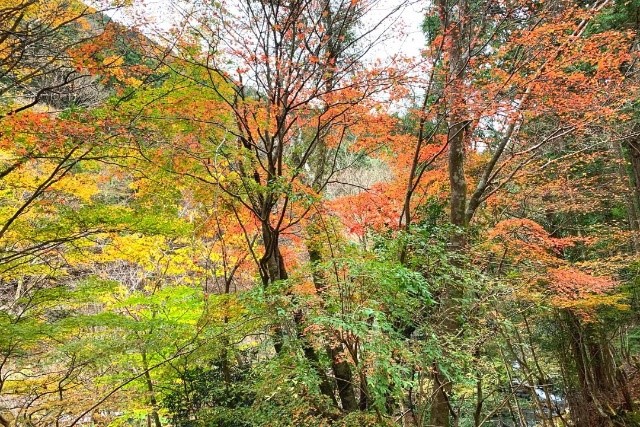
Personally, because we really enjoyed walking under the autumn foliage, our favorite season is definitely autumn (specifically around November). It is a very comfortable time after the hot summer and just before the cold winter. One thing we regretted was that we were not able to jump in the clear water during this time of the year. We would love to come back in spring to see beautiful flowers blooming in the forest.
How To Book
This tour is operated by the Izu Peninsula Geoguide Association and needed to be booked one week in advance. If you would like to learn more about the tour, please click here.
If you are interested in exploring other regions of the Izu Peninsula, please check this page.
